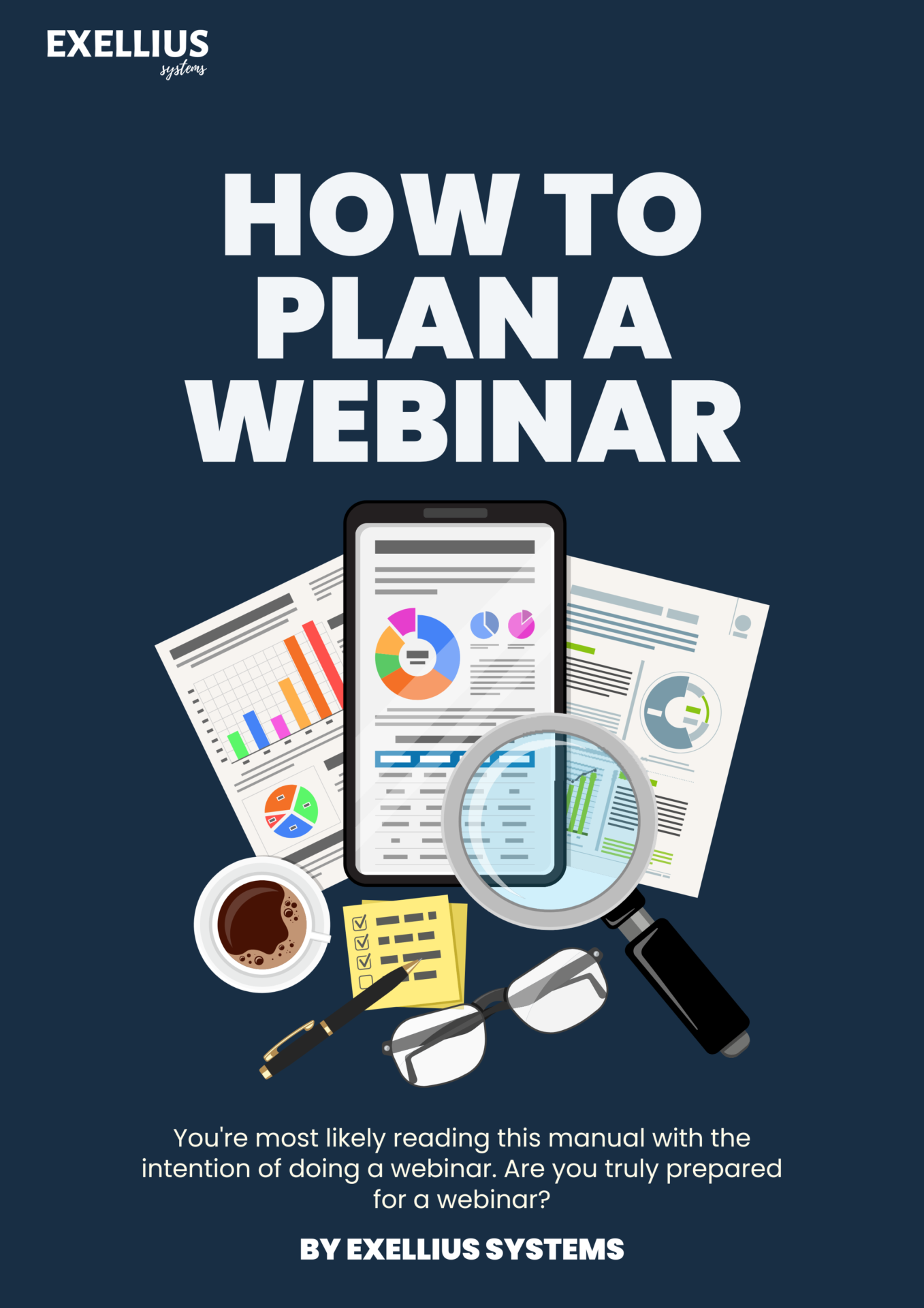
Key E-commerce Marketing Trends to Look Out for in 2023
E-commerce has revolutionized the way customers shop, providing convenience and accessibility at their fingertips. However, the increasing competition in the online marketplace and economic uncertainties necessitate a shift towards prioritizing customer retention. In 2023, the focus of e-commerce marketing trends will center around strategies that foster customer loyalty and enhance the overall shopping experience. Let’s explore these trends in more detail.
- Personalization: Once considered a competitive advantage, personalization has now become a crucial element of any successful e-commerce marketing strategy. With customers becoming more discerning in their purchases, brands must provide tailored experiences. Research shows that personalization directly influences customer behavior:
- 80% of consumers are more inclined to purchase from brands that offer personalized experiences.
- Personalized emails achieve six times higher transaction rates.
- When personalization is lacking, 52% of consumers seek alternative shopping options.
By leveraging AI and machine learning platforms, brands can track user behavior and customer data to create personalized interactions that make customers feel valued and foster loyalty.
- Conversion Optimization: In an uncertain economic climate, optimizing conversions from existing website traffic becomes paramount. Conversion Rate Optimization (CRO) should be a fundamental component of e-commerce marketing strategies in 2023. Key tactics include:
- Enhancing user interface: Studies indicate that an exceptional user interface can increase conversions by 200%. Intuitive website designs encourage customers to stay and make purchases.
- Video shopping: Product videos assist customers in making informed buying decisions and reduce the likelihood of returns.
- Recovery emails: Automated and personalized recovery emails can entice customers back to the website and drive conversions.
- Customer reviews: Reviews significantly impact purchase decisions. It is essential to encourage customer feedback, make leaving reviews effortless, and respond to existing feedback.
Incorporating conversion optimization into e-commerce marketing strategies allows brands to achieve more with fewer resources.
- Artificial Intelligence: The integration of artificial intelligence (AI) and machine learning (ML) has become essential in e-commerce marketing. AI enables streamlined customer personalization by analyzing vast amounts of real-time data, providing insights into customer needs. AI can automate various marketing processes, including:
- Email marketing: Analyzing purchase history data to create personalized email campaigns.
- Social media marketing: Examining customer behavior to segment audiences and deliver personalized experiences.
- Ad targeting: Utilizing AI-driven tools to improve ad targeting on search engines and social media platforms.
Leveraging AI is crucial for successful e-commerce marketing campaigns in 2023, as it facilitates marketing campaign management, scheduling automation, and performance analytics.
- Customer Retention: The Pareto principle states that 80% of sales come from 20% of existing customers. As the possibility of a recession looms, the significance of retaining existing customers intensifies. Key customer retention trends to consider in 2023 include:
- Shared values: Customers are more likely to stay with brands that align with their values, such as supporting the same charities.
- Soliciting reviews: Gathering customer feedback provides valuable data for improving the overall shopping experience.
- Streamlined delivery: With logistics challenges, prioritizing faster delivery options can give brands a competitive edge.
- Flexible return and exchange policies: Brands that offer simple and convenient return and exchange policies are more likely to be chosen by customers.
By focusing on customer retention, e-commerce brands can reduce customer acquisition costs (CAC) while encouraging repeat purchases.
- Omnichannel Experience: In 2023, the average American consumer possesses multiple connected devices and numerous social media accounts. Creating an omnichannel experience in e-commerce marketing is crucial for reaching the entire target audience and enhancing customer satisfaction. Omnichannel marketing strategies increase the incremental store visit rate by 80%, while 56% of customers are likely to disregard brands that lack mobile shopping experiences. Utilizing AI-driven tools
For more tech content like this Visit:
IT and Tech: Info Tech Online
BANKING, ACCOUNTING, INSURANCE AND FINANCIAL SERVICES: Finance Tech Online
HEALTHCARE AND PHARMACEUTICALS: HealthCare Tech Online
TRANSPORTATION AND LOGISTICS: Transport Tech Online
ENTERTAINMENT, TRAVEL AND HOSPITALITY: Entertainment Tech Online
MARKETING, ADVERTISING AND PUBLIC RELATIONS: Channel Tech Online
HUMAN RESOURCES COMPENSATION AND BENEFITS: Human Resources Tech Online
MECHANICAL AND CIVIL ENGINEERING: Engineering Tech Online
MANUFACTURING AND CONSTRUCTION: Manufacturing Tech Online
NON-PROFIT AND NON-GOVERNMENT ORGANIZATIONS: Non Profit Tech Online
Want to promote your content?
Visit: Exellius Systems or Media Martech






